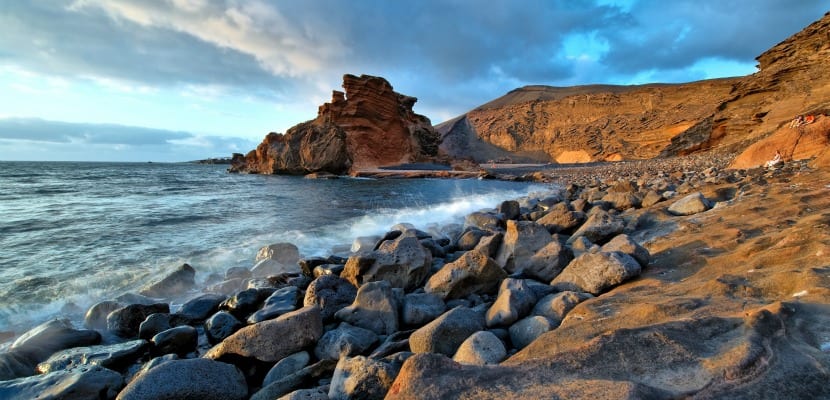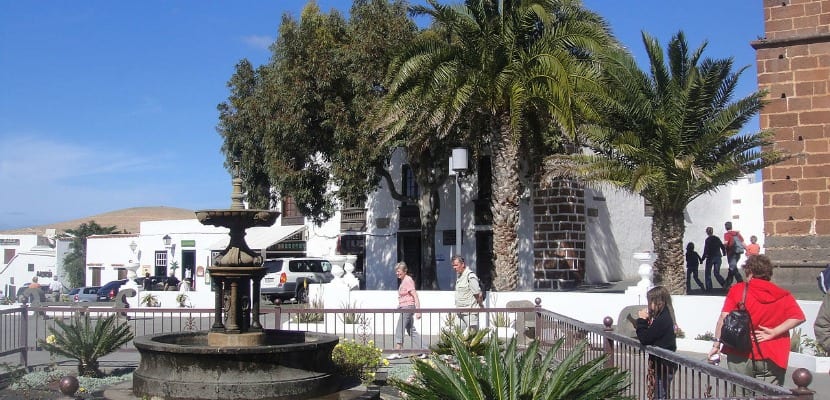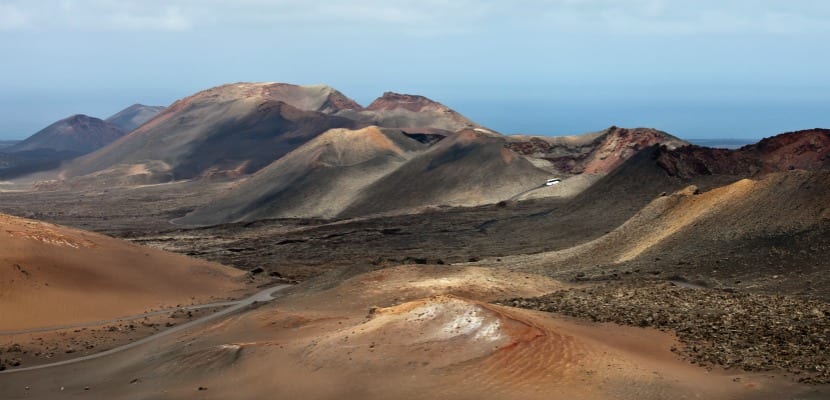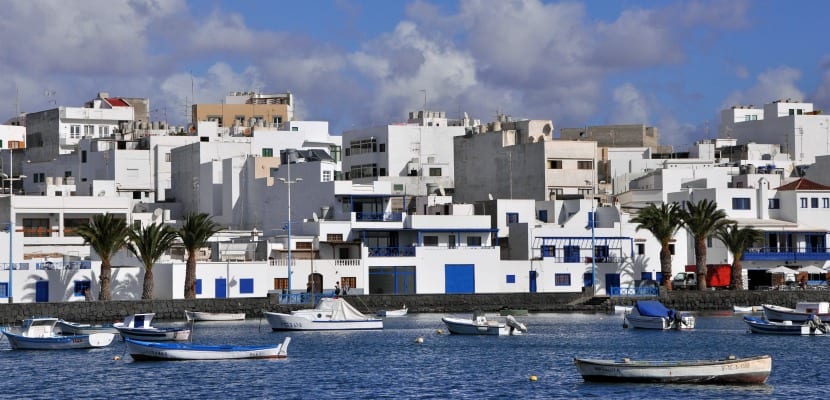
Lanzarote can be considered an island that has it all. It brings together spectacular beaches, a benign climate, beautiful towns, a national park and a very unique volcanic rock landscape that has served to be included in the Unesco network of Geoparks. As if that were not enough, in 1993 it was declared a world biosphere reserve. A good excuse to get away and get to know it.
Many tourists associate it with large hotel complexes but times are changing and More and more independent travelers come to Lanzarote to enjoy nature in its purest form. In this way, the government and various foundations are promoting the conservation of the island, its traditions and the integrity of the architecture.
Origin of the name Lanzarote
To talk about Lanzarote, let's start with the origin of its name. As was the case with America and Americo Vespuccio, he was a Genoese sailor whose surname gave the island its name. His name was Lancelotto Malocello and he lived in it for 20 years from 1339 together with the indigenous Mahos.
Teguise

We will start the trip in Costa Teguise, more or less in the center of the island, an old fishing village that was founded in 1415 inland to protect itself from pirate incursions. Currently it has become one of the most attractive tourist destinations in Lanzarote thanks to its charm, its beautiful beaches and the tranquility that is breathed in this area.
Sports and ecotourism lovers will find in Costa Teguise the ideal place to enjoy a well-deserved vacation. Its sports offer includes especially maritime activities: it has a water park, several windsurfing schools and diving schools along Las Cucharas beach and Avenida del Jablillo.
Famara

Famara is the most spectacular and extensive beach in the municipality of Teguise. It begins in the town of La Caleta de Famara and extends for several kilometers to the slopes of the impressive Risco de Famara. The trade winds have formed important dunes with little vegetation and among them the bathers rest carelessly in the sun on the fine tan sand.
Despite being a popular beach, Famara is never overcrowded. It is a beach where there are usually waves and wind so it is ideal for practicing nautical activities such as surfing, bodyboarding, kitesurfing or windsurfing. It is also common to see hang gliders and paragliders that are launched from the top of the Famara massif to fly over this incredible beach and contemplate the beautiful landscape like birds.
Timanfaya

About 45 minutes west, in the municipality of Yaiza is the Timanfaya National Park, the third most visited in Spain. The entrance to the place costs 9 euros and includes a bus itinerary of almost an hour with a locution that explains the volcanic landscapes and the eruptions that devastated the island between 1730 and 1736. Those actions changed a territory known for its crops and left a landscape lunar.
The bus goes through the Fire Mountains to Rajada Mountain. From there it surrounds the islet of Hilario, leaving the Caldera del Corazoncillo, the Rodeos and Senalo Mountains, the Pico Partido and, beyond, the Caldera de la Rilla on the right.
In the Timanfaya National Park you can see unusual temperatures on the surface that come from the subsoil and with which the stones burn, the branches burn and the water is fired in the form of a geyser.
Another alternative to visit the Timanfaya National Park is to do the Tremesana guided route.. The number of places to do this walk inside the park is limited given the fragility and ecological value of the terrain that is crossed. To make a reservation you must call a month in advance and confirm again a week before the activity. The route is three and a half kilometers long and lasts approximately two hours, so it is progressing at a very calm pace.
During the Tremesana route the guides explain and show basic volcanology concepts. Three hundred years after the first eruption, there is hardly any vegetation on this sea of stones.
Submarine Museum of Lanzarote
The Island Lanzarote is home to the first underwater museum in Europeby British eco-sculptor Jason deCaires Taylor. The Museo Atlántico Lanzarote is located on the southwest coast of the island, in a space near Las Coloradas in the municipality of Yaiza, which meets the best conditions for its installation as it is sheltered from the large marine currents that affect the north coast from Lanzarote.
Reef

In the middle of the XNUMXth century, Arrecife became the capital of Lanzarote, ousting Teguise. Arrecife still retains the charm of the small colonial towns despite the fact that in recent years many of the island's typical earthen houses have disappeared. However, its marked maritime character is present at all times along with its historical function as a defensive fortress.
In its old town its status as a maritime and commercial city is perceived with the endless amount of merchandise arriving from other ports, present in any of its shops. Another trace of its marine ties is the church of San Ginés, patron saint of Arrecife.
Among the tourist attractions that Arrecife has, we can point out its defensive castles (the Castillo de San Gabriel and the Castillo de San José, now converted into the International Museum of Contemporary Art (MIAC). Another point of interest is the El Almacén room. , which frequently offers highly creative art exhibitions.
If we talk about beaches, Arrecife has the Reducto beach, awarded with the blue flag of the European Union. On the other hand, near the church of San Ginés there is a kind of lake formed by the entrance of sea water, where small boats rest in front of the fishermen's houses, where the footprint of the local artist César Manrique can be appreciated.